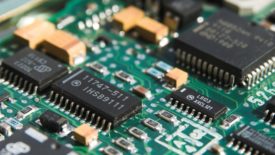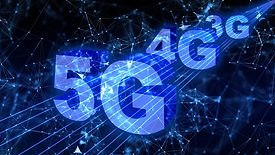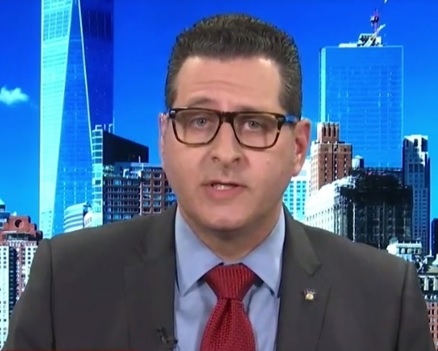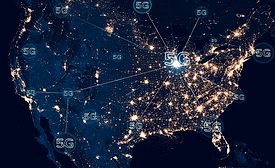Home » 5G
Articles Tagged with ''5G''
The intersection of 5G, security and IoT 2.0
The world is fast approaching widespread adoption of AI and 5G and business leaders are realizing benefits in terms of growth, productivity, security, and operational insights.
July 27, 2022
Sign-up to receive top management & result-driven techniques in the industry.
Join over 20,000+ industry leaders who receive our premium content.
SIGN UP TODAY!Copyright ©2024. All Rights Reserved BNP Media.
Design, CMS, Hosting & Web Development :: ePublishing










